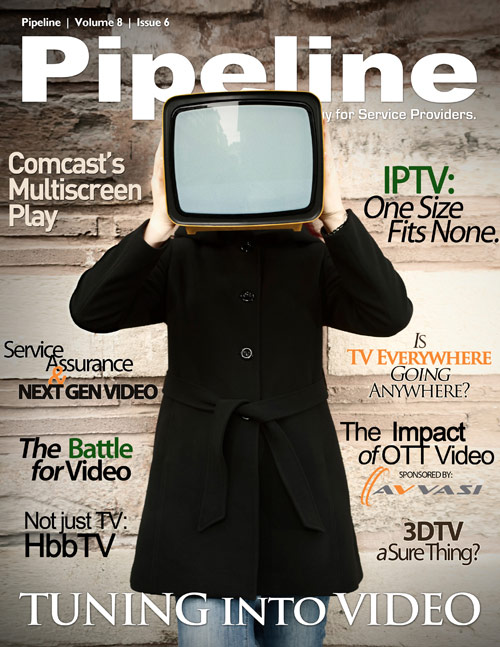Ryan Lawler of GigaOM asserts that attempting to attract the free-or-low-cost online video consumer set into a subscriber-only scenario ignores the fact that many of those viewers are people who have no intention of paying $100 a month for cable. Sure, the prospect of watching a show on an iPad is nice, but it's not $100-a-month nice.
Others, like Mark Glaser, insist that TV Everywhere is an attempt to cling to a dying business model (traditional cable) by linking it to a new business model, while making no changes to the underlying structures. Customers still can't pick and choose their favorite channels or programs. They still can't receive an online-only subscription.
Some of these complaints can be cast off as nay saying from those who want it all and don't want to pay for it. However, there are plenty of very real considerations that service providers must weigh. How do they make the customer experience more seamless across devices, confront the threat of OTT video, and approach service quality issues in this new environment?
Like so many other communications stories, the TV Everywhere story is, in many ways, the story of the support systems that reside beneath its glossy exterior. Both the successes and shortcomings of TV Everywhere are often the result of both failures and successes of providers in putting the right OSS and BSS tools in place.
In a blog post from around this time last year, Monolith Software's Jeff Parker points out that many of the complaints and concerns about TV Everywhere really boil down to SLA management issues. Content handled through web and app channels is handled separately from content handled via traditional distribution methods. An IT architecture riddled with disjointed siloes is an unwieldy beast made more unwieldy with the addition of another screen. Theoretically, a unified SLA management architecture can help provide a better-aligned and more customizable set of offerings.


Policy control is another high priority for TV Everywhere to work as an extension of, rather than a replacement for, the traditional cable experience. Whether or not pay-TV providers ought to make an online-only package available (or will be forced to do so by user demand and market realities), the current TV Everywhere push is meant to help providers hold on the reins for a while longer, yet. Without a clear policy control system in place to ensure that the proper customers are given the proper privileges, it's dangerously easy to risk either alienating a segment of your customer base already at high risk of churn (in that they have a strong preference for the app-based rather than TV-based experience) or opening the floodgates to widespread use by the unentitled.
And, of course, service assurance is a bit of a tricky beast with this model.
Theoretically, a Comcast customer could walk into a coffee shop with an iPad and watch an episode of a TBS sitcom, which would be delivered via Wi-Fi powered by AT&T. Comcast is technically the provider, but has no control over the LAN environment. If the user's experience is lackluster, who does he blame? And, perhaps more importantly, whose valuable call center time does he burn up trying to get to the bottom of the rotten QoS he has encountered?
These are complex questions, and ones not easily answered by service providers who are pushing to retain both a technical edge and a customer base that may have slipped too far beyond their collective grasp.
But what providers are realizing is that for at least a subset of customers, the way they want to watch TV has changed irrevocably. "The way viewers watch TV today has become a multi-screen, multi-tasking experience," AT&T said in a recent statement about its new social media-friendly U-Verse app suite. "According to Nielsen, nearly 30 percent of TV viewers looked up info related to a TV program while they were watching it." AT&T's choice to add apps like BuddyTV, which creates personalized viewing guides, and Miso, which provides users the option to share viewing choices with friends and comment on shows, are a reflection that where people watch isn't the only thing that's changing. It's also about how they watch.
So go on. Watch your way, wherever you like. Your couch will get over it. Let's face it, you guys probably saw too much of each other anyway.








